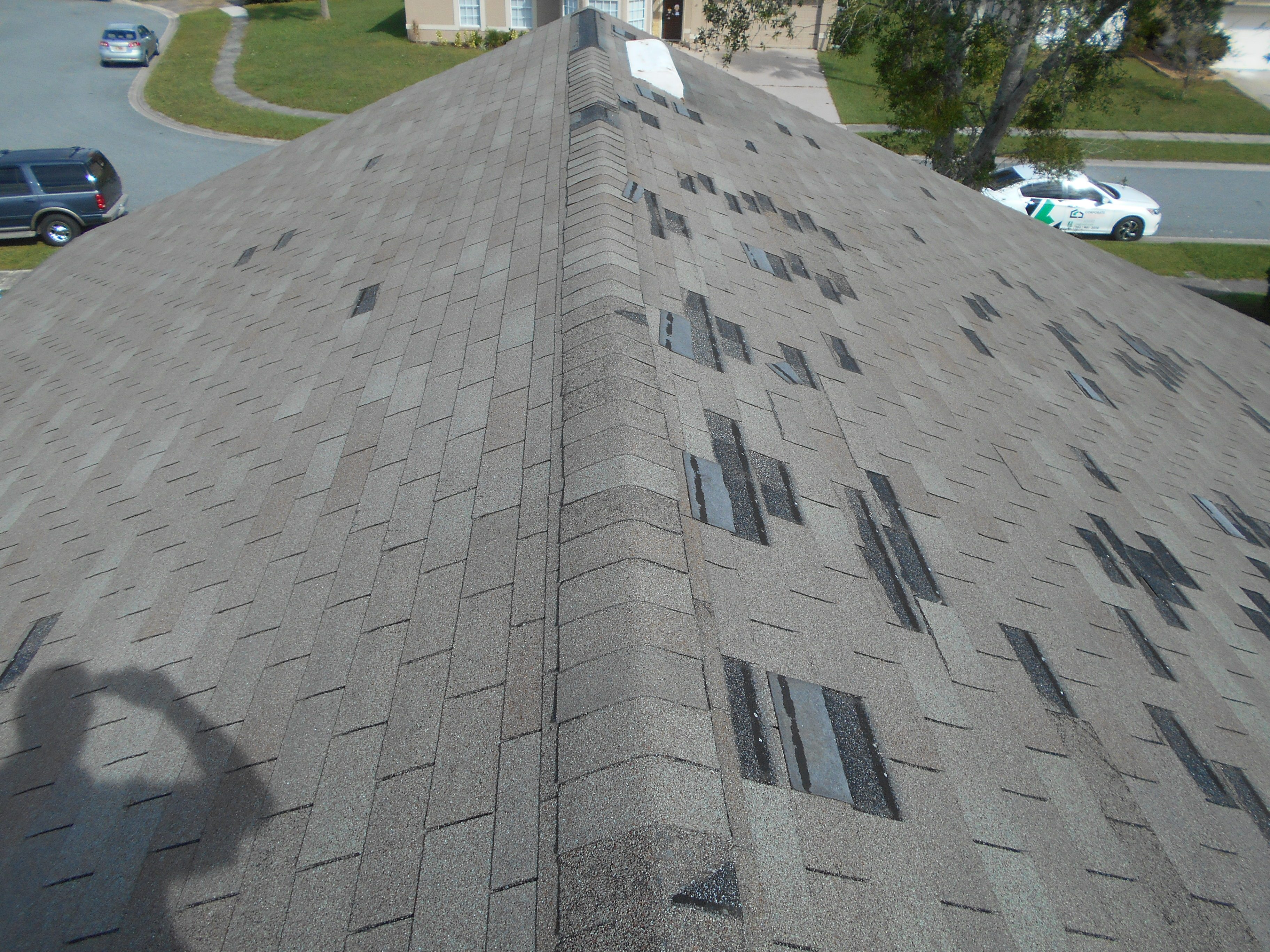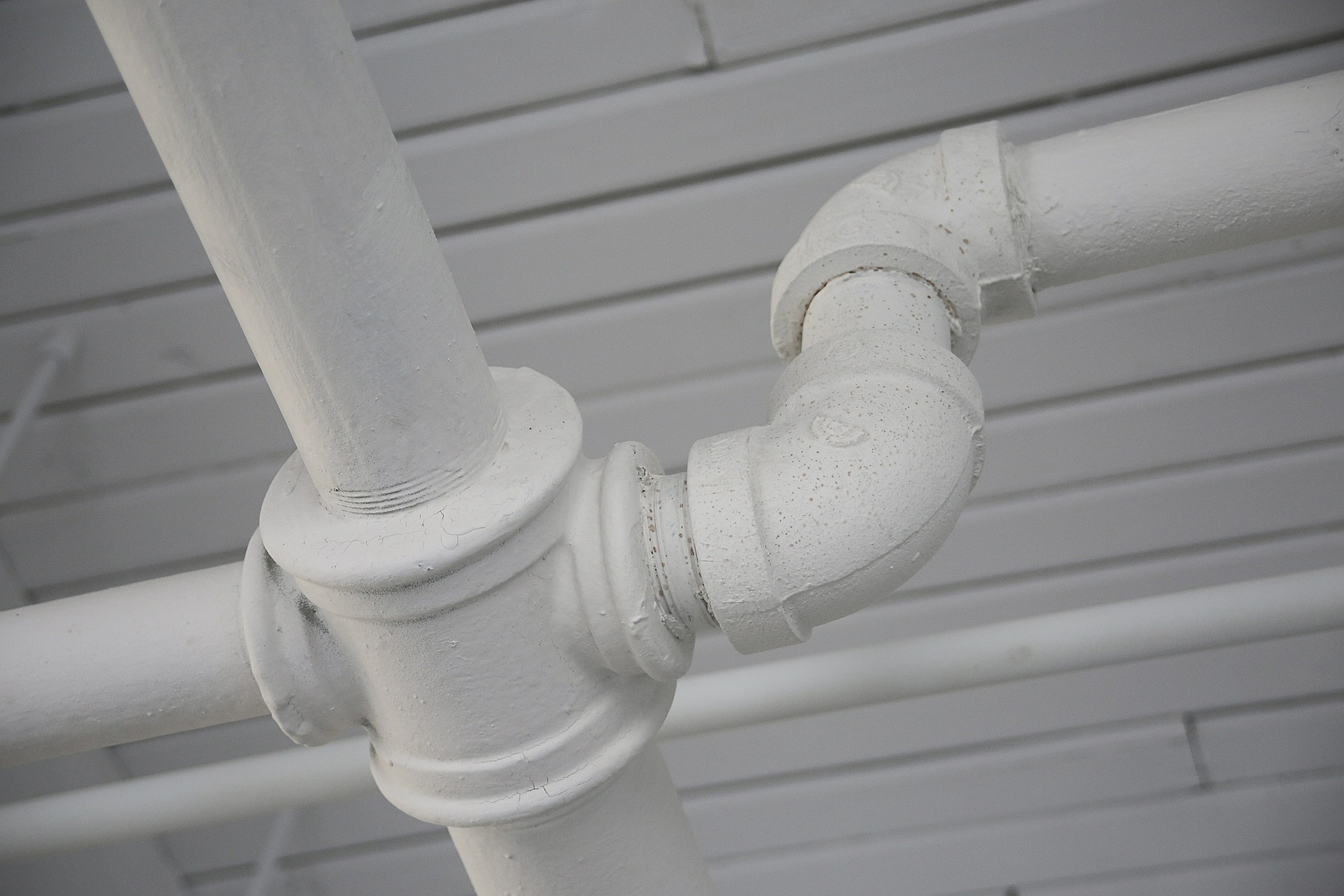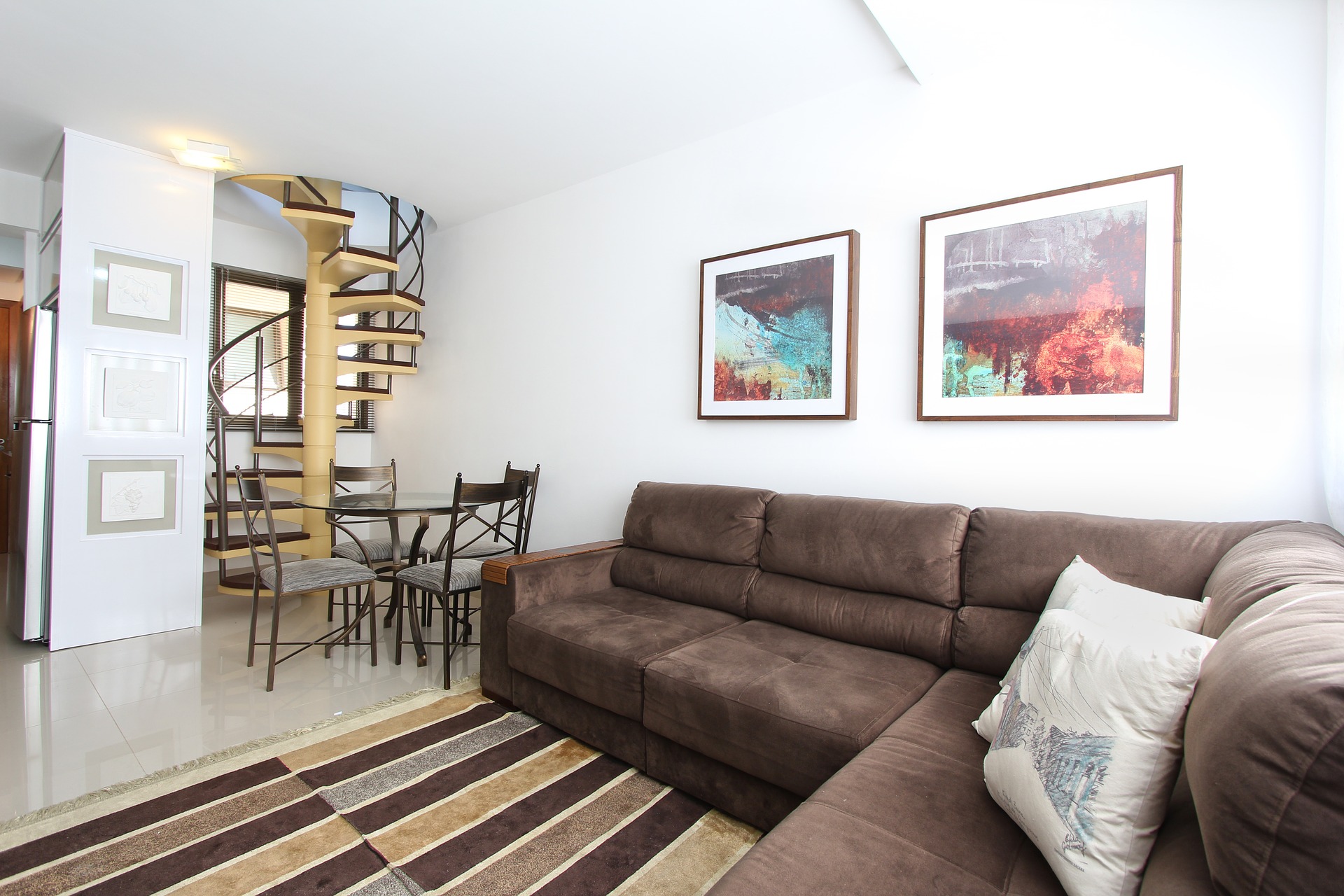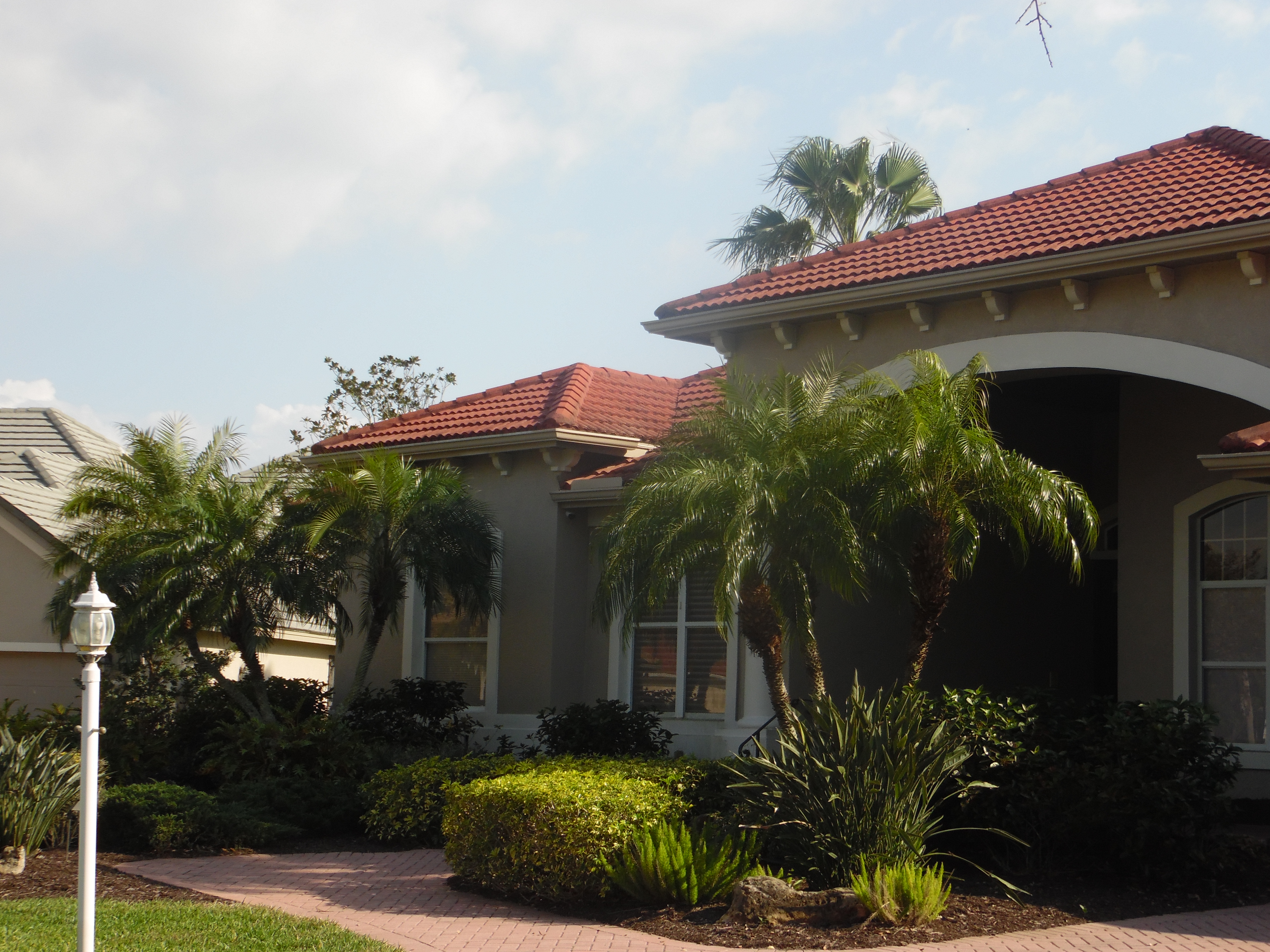Before we can answer your question, you first need to know what wind mitigation is and how a wind loss mitigation happens. So let’s start there:
What Is Wind Mitigation?
Wind mitigation means when you add features to your house that help you protect it in case of high winds.
Hurricanes or major storms can cause the high winds, and we definitely saw a lot of that during last year’s Hurricane Season.
You can get wind mitigation by sealing your roof deck, or by sealing the layer between the roof and the primary structure to prevent water from coming in. This also makes sure that your home can resist the extreme winds and flying debris.
Anchor the foundation to the roof with insulation, to have extra protection against strong winds. There are several ways through which you can cover your windows and roof.
A wind mitigation inspection is performed by a licensed professional. It’s usually performed to check which credits apply to your case. The examiner inspects the key features of your house along with the add-ons that you applied for protection.
Home insurance is a great tool to help you in case of a big loss, which happens to or on your property. It’s essential to select the right plan for you, especially if you live in coastal areas like Southwest Florida.

In most cases, the inspector is not required to come, but if you have insulated your house, you should request for one. As investing in wind mitigation in your homes can help you get credit and some long-term savings.
This is the insurance company’s way to incentive wind loss mitigation.
Usually, when the home inspector comes, they look at your dwelling and the protective gear you have. They make a few suggestions if there are some changes or repairs that you can make. After that, they send the report to the insurance company, which applies an appropriate discount on your policy.
Typically, you can receive a discount of up to 30 percent, which means you could save around $1000 per year.
Investigators will look if your roof meets the building codes, and the geometry of your roof matters as well, since investigators look for a pyramid-shaped roof.
Next, they will look at the roof deck attachment, whether nails were used or were they stapled down. Then they move on to how the roof is attached to the wall, with nails or hurricane clips. They will check your wall construction type and cable end bracing.
They will also see if you have any opening protection for your doors and roofs, and check the devices (if any) that you are using.
Everything can change in the blink of an eye. Nothing is completely in our control, but we can always take precautionary measures.
These installations are not just a way to get insurance credit, but they also make sure that you and your loved ones are safe and protected when Florida storms arrive.
Be safe out there, Venice!






